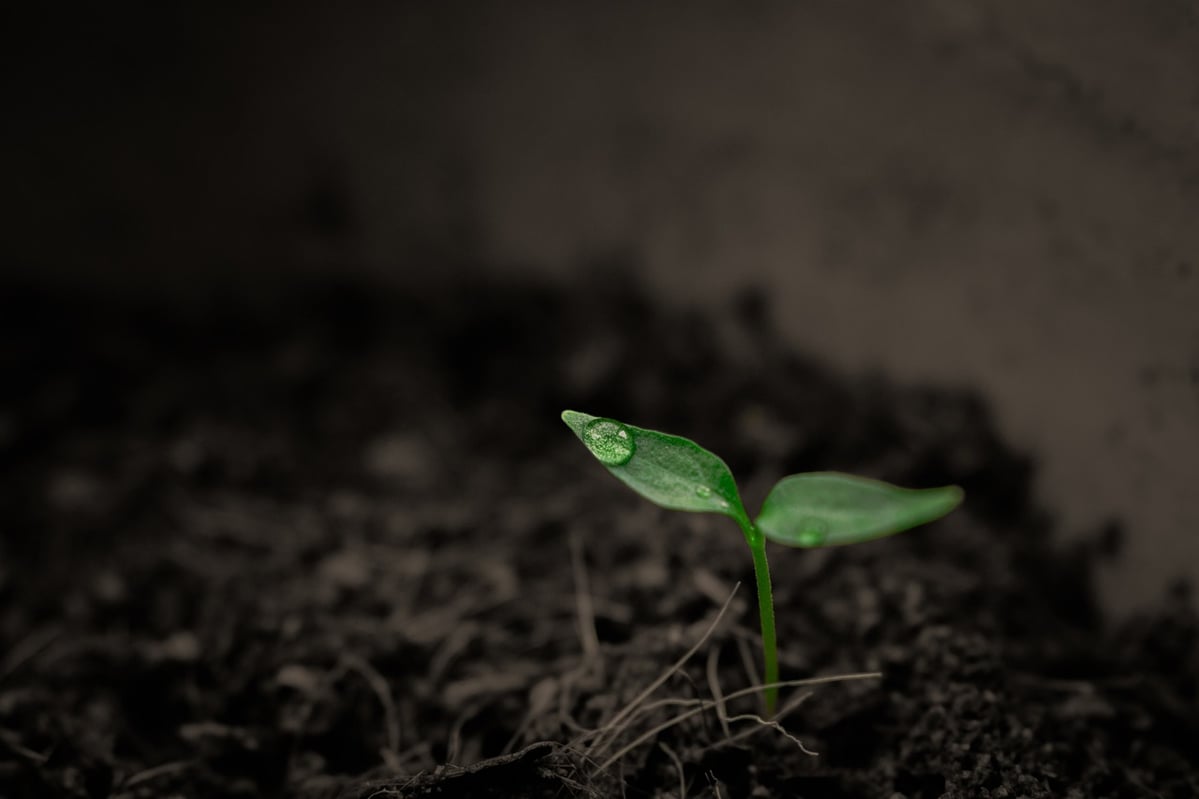The capture and storage of carbon dioxide (CO2) from the earth's atmosphere is known as soil carbon sequestration. It is widely acknowledged as an important process for eliminating carbon from the earth's atmosphere.
There are many ways in which elements and materials are exchanged among different components of the planet. There is a continuous exchange of materials between soil and the atmosphere in the form of the water cycle, food cycle, nitrogen cycle, phosphorus cycle, rock cycle, oxygen cycle, and the carbon cycle.

These cycles are essential for maintaining the ecological balance and the smooth functioning of the earth's atmospheric system to sustain life.
This article contains one of the most important components for maintaining the ecological balance and everything you need to know about soil carbon sequestration.
What is soil carbon sequestration?
Soil carbon sequestration is a process in which carbon dioxide is removed from the atmosphere and stored in the soil carbon pool.
This is necessary to maintain the concentration of carbon dioxide to a sustainable level in the atmosphere. The slowdown in the process has multiple environmental consequences. Some of them are discussed in this article.
What is the importance of soil carbon sequestration for the environment?
According to the Intergovernmental Panel on Climate Change (IPCC), the concentration of carbon dioxide during the pre-industrial era was approximately 280 parts per million.
Now, the concentration of carbon dioxide has risen to 380 parts per million. This has increased the concentration of carbon dioxide which has given rise to climate change and global warming. In this context,

Soil carbon sequestration is imperative for combating climate change-the biggest challenge of the twenty-first century.
The study "Global Sequestration Potential of Increased Organic Carbon in Cropland Soils" reveals that the soil has the potential to absorb an additional 1.85 gigatons of carbon per year.
This number is greater than the amount of carbon emitted by the transportation sector annually. This means soil carbon sequestration is significantly helpful in mitigating the dangers of climate change.
What are the methods of soil carbon sequestration?
There are multiple ways in which soil carbon sequestration occurs. The primary and fundamental method is the process of respiration in which plants absorb carbon dioxide and emit oxygen which keeps the environment clean and pure.
Secondly, it also occurs through the conversion of trapped air in the soil into inorganic forms such as secondary carbonates.
In addition, afforestation and reforestation, carbon farming, biochar, and direct air capture are other soil carbon sequestration methods.
How can we speed up soil carbon sequestration?
The process of soil carbon sequestration methods can speed up by intensifying the implementation of the carbon sequestration method and taking these initiatives to the governmental and policy-creating levels.
Some of the sequestration processes, such as afforestation and reforestation, require significant funding, and governments can spearhead such initiatives.
In short
In short, soil carbon sequestration removes carbon dioxide from the atmosphere and transfers it into soil sinks.
It is essential for ecological balance and is an effective tool to combat climate change. Respiration, afforestation and reforestation, carbon farming, biochar, and direct air capture are some of the common methods of carbon sequestration.
So, we need to take further steps in carbon sequestration to improve the environment.




